Norway Rat. The most common type of rat in New York is the Norway rat. Also known as the “brown rat” or more commonly the “sewer rat,” these rodents are characterized by their flat snout, small ears, and long pink tails. They are typically about 16-20” long, weigh around one pound, and have brown or gray fur. When you see a rat in New York, it’s usually a Norway rat.
Rodent Control Services
Rodents in New York, New Jersey, and Connecticut
Rodents are an extremely common sight in New York. They’re very hardy and can make their home just about anywhere. They don’t need a lot of space and they’re very good at finding food. Without professional rodent control, it’s all but impossible to get ahead of a rodent infestation.
The Assured Environments team has 91 years of experience taking care of rat and mouse infestations in New York. Read on to learn more about rats and mice, the signs of an infestation, and what we can do to help.
Types of Rodents in New York
There are four rodent species that are most common in New York. Below we’ll describe each one’s appearance and other characteristics.
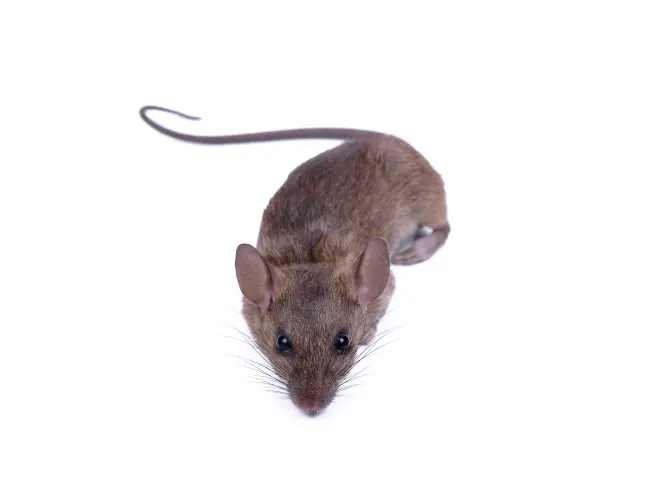
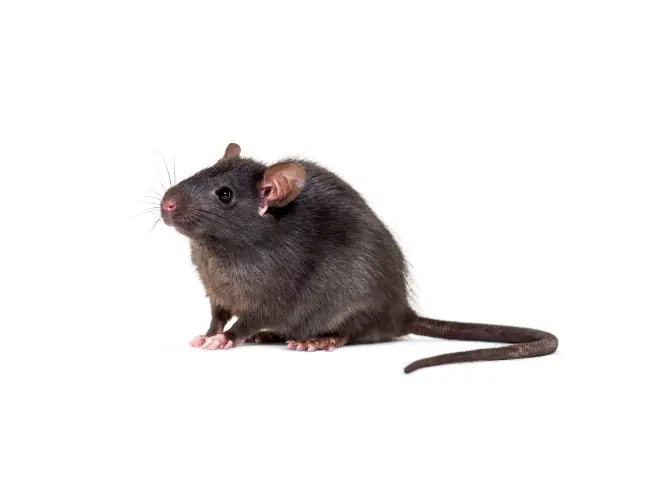
Black rats. Also called “roof rats,” these used to be more common in New York but have been mostly wiped out by the more aggressive brown rat population. Black rats run smaller in size, typically 5-7” long and weighing between 2-8 ounces. They’re great at climbing and jumping, and they prefer to live well above the ground – hence the “roof rat” nickname.
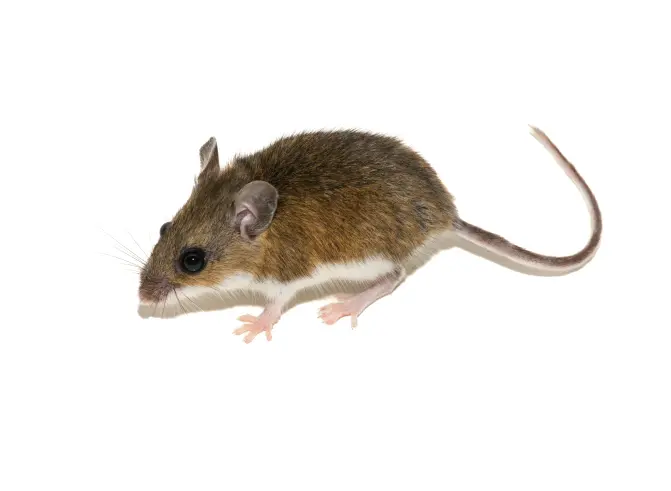
Deer mice. They’re also called field mice, are heartier and prefer to live outside. They live in fields and forests and can survive winter’s colder temperatures. Identify deer mice by their gray or reddish-brown bodies and white bellies. They often have white feet as well.
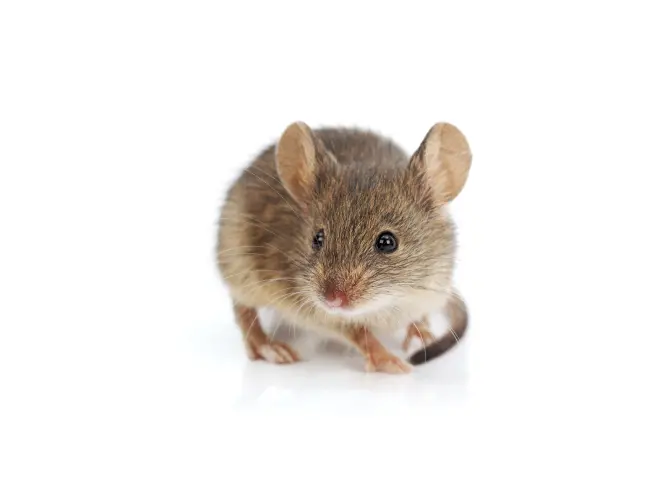
House mice. The most common mouse in New York. They are smaller than deer mice with rounded ears and uniform body color – usually gray, black, or brown without a white belly. Their tails are long, thin, and hairless.
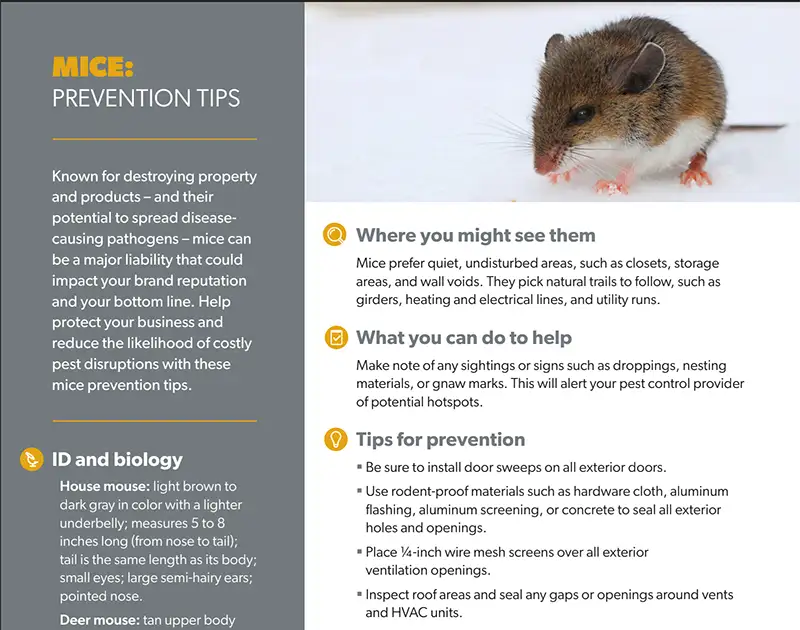
Mice: Prevention Tip
Known for wreaking havoc on property and products, and for spreading disease-causing pathogens, mice can severely harm your business. Protect your brand reputation and financial health by implementing these preventative measures to minimize the risk of costly pest disruptions.
Signs of a Rodent Problem
Rats and mice both like to make their homes near humans. They prefer quiet, undisturbed areas like closets, storage areas, and wall voids. Keep an eye out for the following signs of a rodent problem:
- Droppings
- Urine stains/smells
- Gnaw marks on furniture or walls
- Nests in hidden areas
- Scratching/squeaking in walls (especially at night)
- Damaged food packages/containers
How to Prevent Rodent Infestations
As with any pest problem, prevention is the best choice. There are a few things you can do to deter rats and mice from choosing your property before the pros show up.
Rodent Exclusion
The strongest prevention option is exclusion – making it so that rodents can’t enter your building in the first place. The easiest way to do this is to seal up any gaps in the following areas:
- Window and door frames
- Baseboards
- Roofing/tile
- Utility line connections
- Foundation
Rats and mice only need a tiny gap to enter the premises. As long as they can get their heads through a gap, they can get the rest of their bodies through – and if a gap isn’t big enough for their heads, they can gnaw through just about anything to make it bigger.
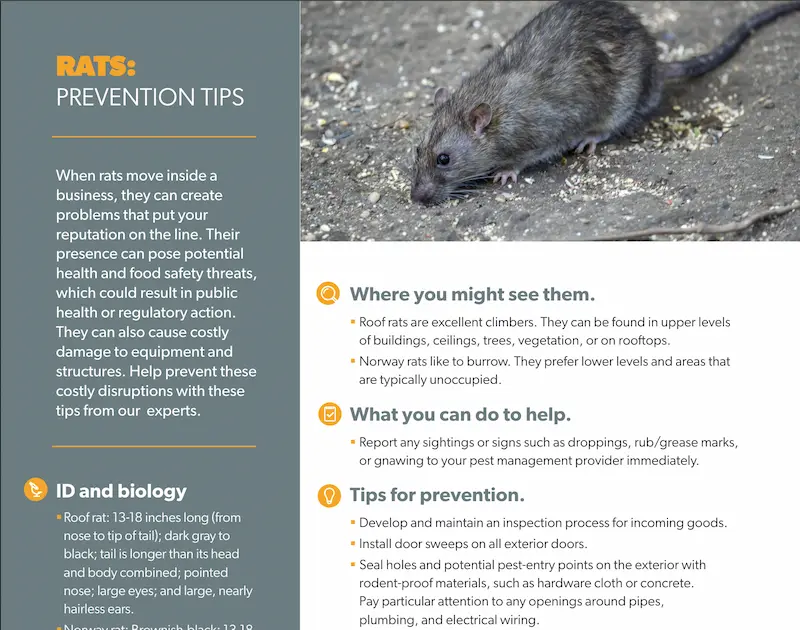
Rats: Prevention Tip
When rats move inside a business, they can create problems that put your reputation on the line. Their presence can pose potential health and food safety threats, which could result in public health or regulatory action. They can also cause costly damage to equipment and structures. Help prevent these costly disruptions with these tips from our experts.
Other Rodent Control Tips
Naturally, it’s important to keep your property clean and tidy. If there isn’t an easy food source around, rodents will move on. However, even the cleanest spaces run the risk of rodent infestation. Here are a few other things you can do to deter mice and rats:
- Seal food in airtight containers. Rodents will gladly eat anything you eat, so keep it out of their reach.
- Rake leaves and clean up yard debris to reduce pest harborage.
- Trim trees and shrubs to remove natural bridges to your building.
- Use tightly latching lids to cover garbage cans and dumpsters.
Remember that while these are excellent steps for you to take and they can make a real difference, the only way to address the root causes of your rodent infestation is to call in the pros.
Your Rodent Exterminators in New York
If you’re experiencing a rodent infestation, a professional pest control expert is your best solution. Assured Environments can create an effective plan for eliminating rodents and identify how they got in to prevent future infestation. We help customers in all sorts of industries, from healthcare to manufacturing.
For additional help preventing and getting rid of rodents, call us today. We’ll help you build custom solutions to your unique situation.

